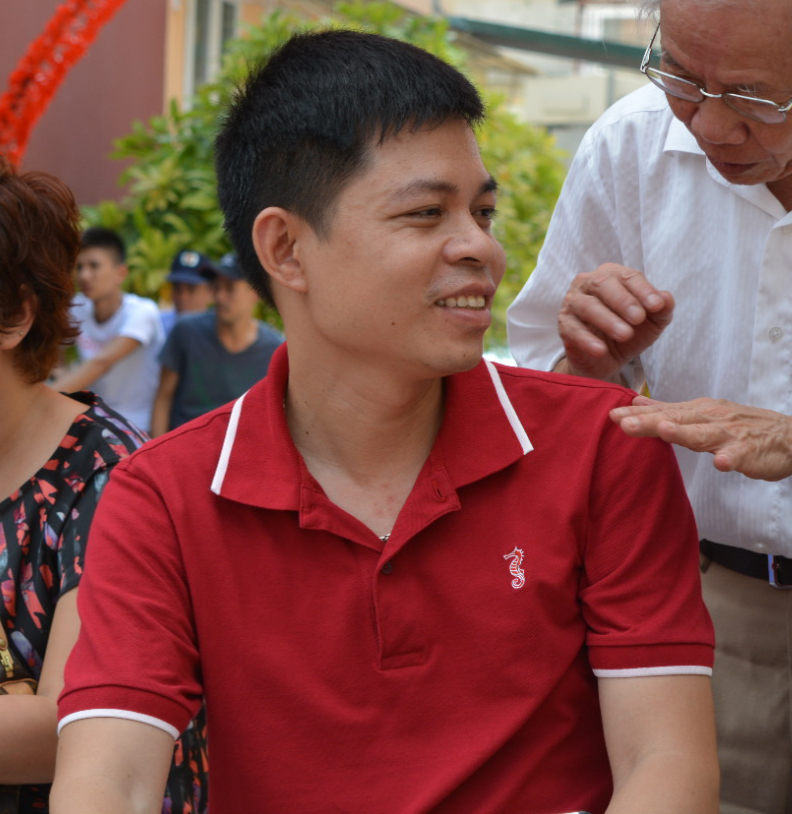Vietnam has set an ambitious goal of becoming a leading country in aquaculture – specifically in the productive development of its coastal marine environment.
Currently ranked as the fourth-largest producer of seafood from aquaculture, behind China, Indonesia, and India, Vietnam produced 3.84 million metric tons (MT) of farmed seafood in 2017. That was more than 53 percent of Vietnam’s total seafood production of 7.23 MT, which itself represented an increase of 5.2 percent year-on-year over Vietnam’s total from 2016.
Vietnam’s government and industry stakeholders have recently taken a more serious interest in the development of Vietnam’s aquaculture sector, Tran Dinh Luan, the deputy director of Vietnam’s Fisheries General Department, told a workshop in Hanoi in early July.
The workshop, co-organized by the Vietnam Seaculture Association, Vietnam’s Fisheries General Department, and the U.S. Soybean Export Council (USSEC), centered around Vietnam’s draft national strategy for marine aquaculture development through 2030. The strategy, with an addendum that proposes a vision through 2050, was prepared by the Ministry of Agriculture and Rural Development and will be submitted to Vietnam Prime Minister Nguyen Xuan Phuc for final approval.
The plan calls for the country to implement – on a trial basis – several policies designed to encourage industrial sea farming, particularly in offshore areas, by 2020. The plan aims to double the farmed output from the sea by 2020 to 750,000 MT total, comprising 200,000 MT of fish, 400,000 MT of mollusks and 150,000 MT of seaweed, according to the draft strategy.
Luan said while sea farming in Vietnam is still at its early stages of development, the strategy is designed to develop the whole production chain of the sector at larger and more advanced levels. In its latter stages of execution, the plan calls for production to rise to 1.75 million MT by 2030, and to three million MT by 2050.
As a result, Vietnam hopes to gain USD 1.5 billion (EUR 1.29 billion) from exports of its farmed marine products by 2020. That total is estimated to grow by between USD 5 billion and 8 billion (EUR 4.3 billion and 6.9 billion) by 2030 and more than USD 10 billion (EUR 8.6 billion) by 2050. The country aims to become the leading player in the Southeast Asia and Asia in marine aquaculture sector, with the eventual goal of ranking in the top five in the world in terms of output and value of farmed marine products exports by 2050, according to the draft strategy.
The plan also calls for a more intensive focus on developing trading relationships and technology and training partnerships. The country aims to deepen ties with top countries in terms of sea farming, including Norway, Denmark, Japan, the U.S., and Australia. Investors from these countries will be welcomed to transfer modern aquaculture technologies to Vietnam. Vietnam will also look to import high-quality fingerlings from Japan, South Korea, Taiwan and Australia, the draft strategy showed.
Last year, Vietnamese aquaculture produced 2.69 million MT of fish and 723,800 MT of shrimp, data released by Vietnam’s Ministry of Agriculture and Rural Development shows. However, output from sea farming remain modest, producing a total of 377,000 MT of farmed marine products, including fish, mollusk, lobster, crab, and seaweed in 2017.
Nguyen Huu Dung, the president of the Vietnam Seaculture Association, told SeafoodSource sea farming has not developed much yet in Vietnam, but “it is very promising.”
With a coastline of more than 3,260 kilometers (2,026 miles) and numerous islands and bays, Vietnam has huge geographic potential for aquaculture, Luan said. Its exclusive economic zone accounts for nearly 30 percent of the South China Sea. In particular, the waters in the country’s west, with fewer storms, and the deep waters in the central region are ideal for large-scale farming of marine fish species.
Pangasius and shrimp are Vietnam’s two major aquaculture products. They are mainly raised in Mekong Delta, though other areas across the country are also home to aquaculture development. Developing ocean aquaculture will bring greater diversity and balance to the country’s seafood production, especially if Vietnam can apply advanced sea farming technologies in deeper waters, Dung said.
Currently, there are about 50,000 households farming marine products across the country. Most are independent, small-scale farmers using old equipment and outdated practices. But a number of companies – particularly those operating near Phu Quoc Island in the south and Van Phong Bay in the central region – have scaled up industrial farming practices using modern technologies from Norway.
Initial results showed that these sea farming models can be applied in other sea areas of the country, Dung said.
Photo courtesy of Overseas Private Investment Corporation






